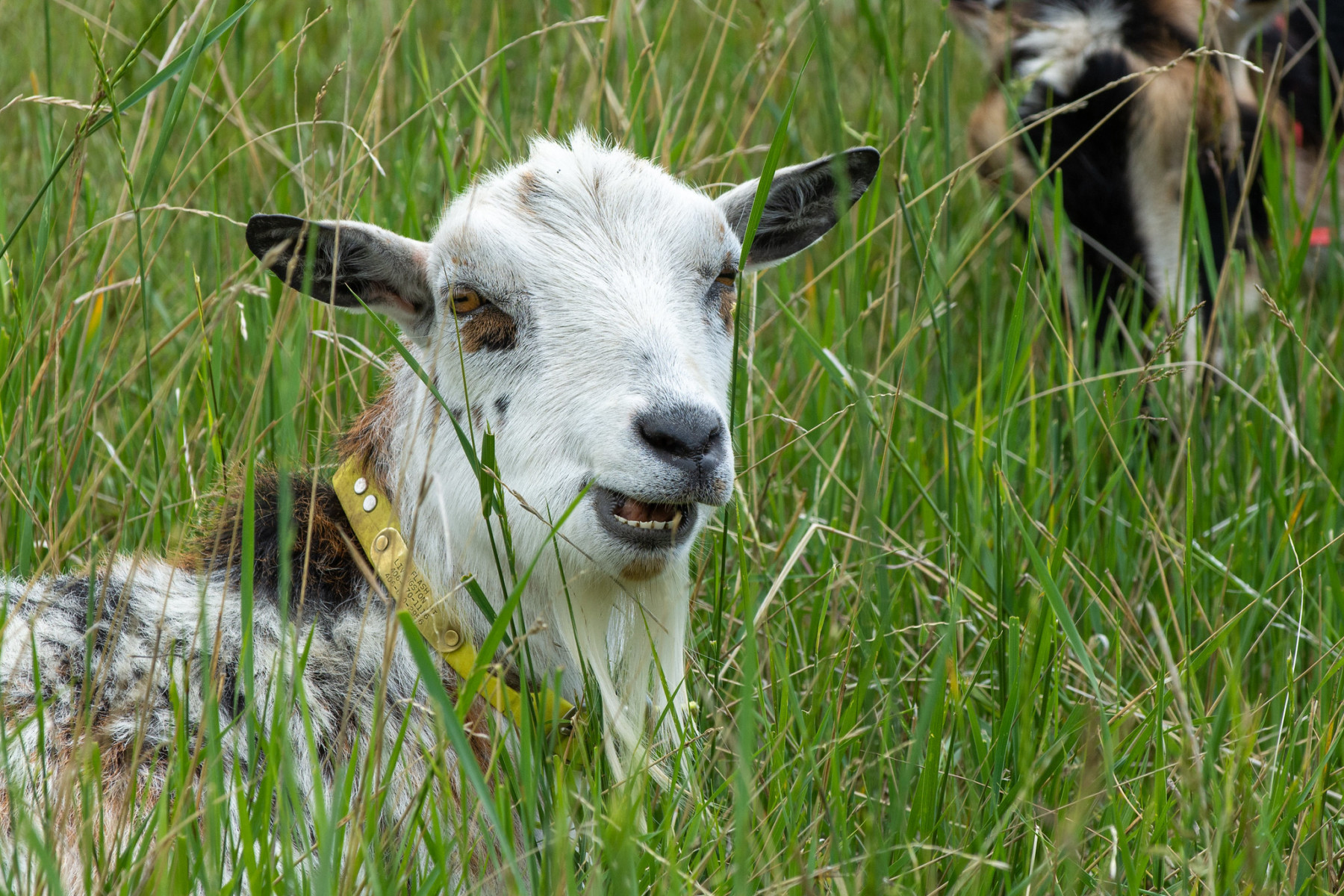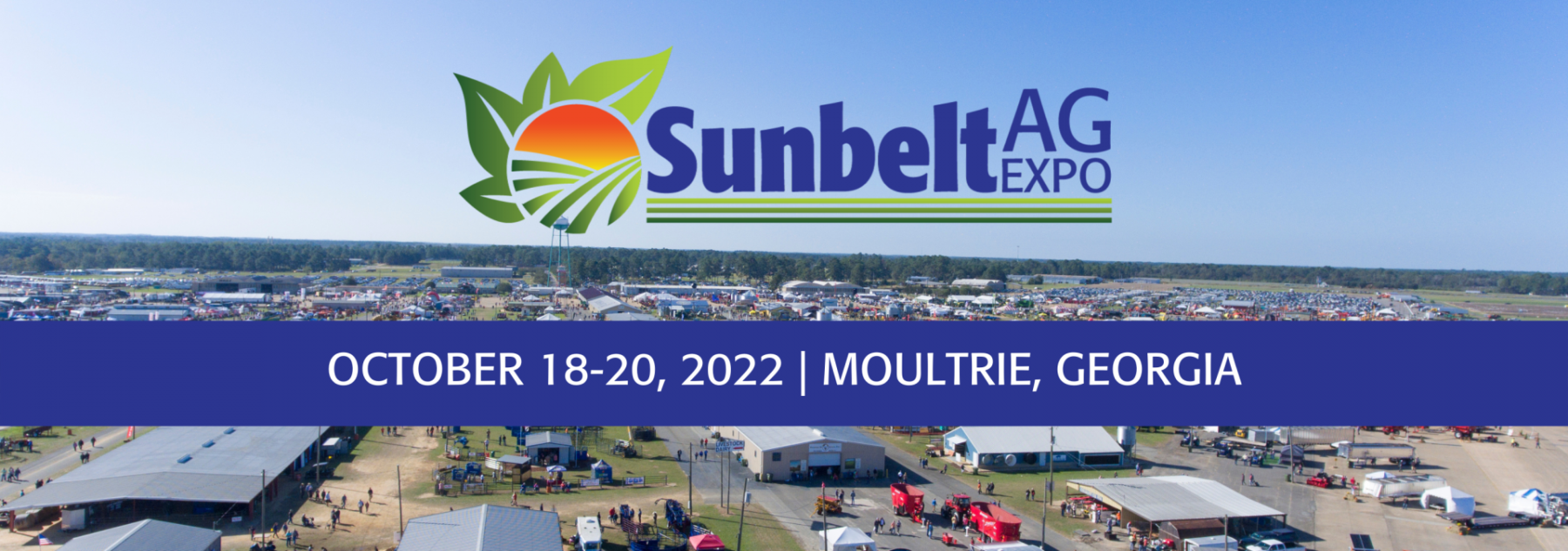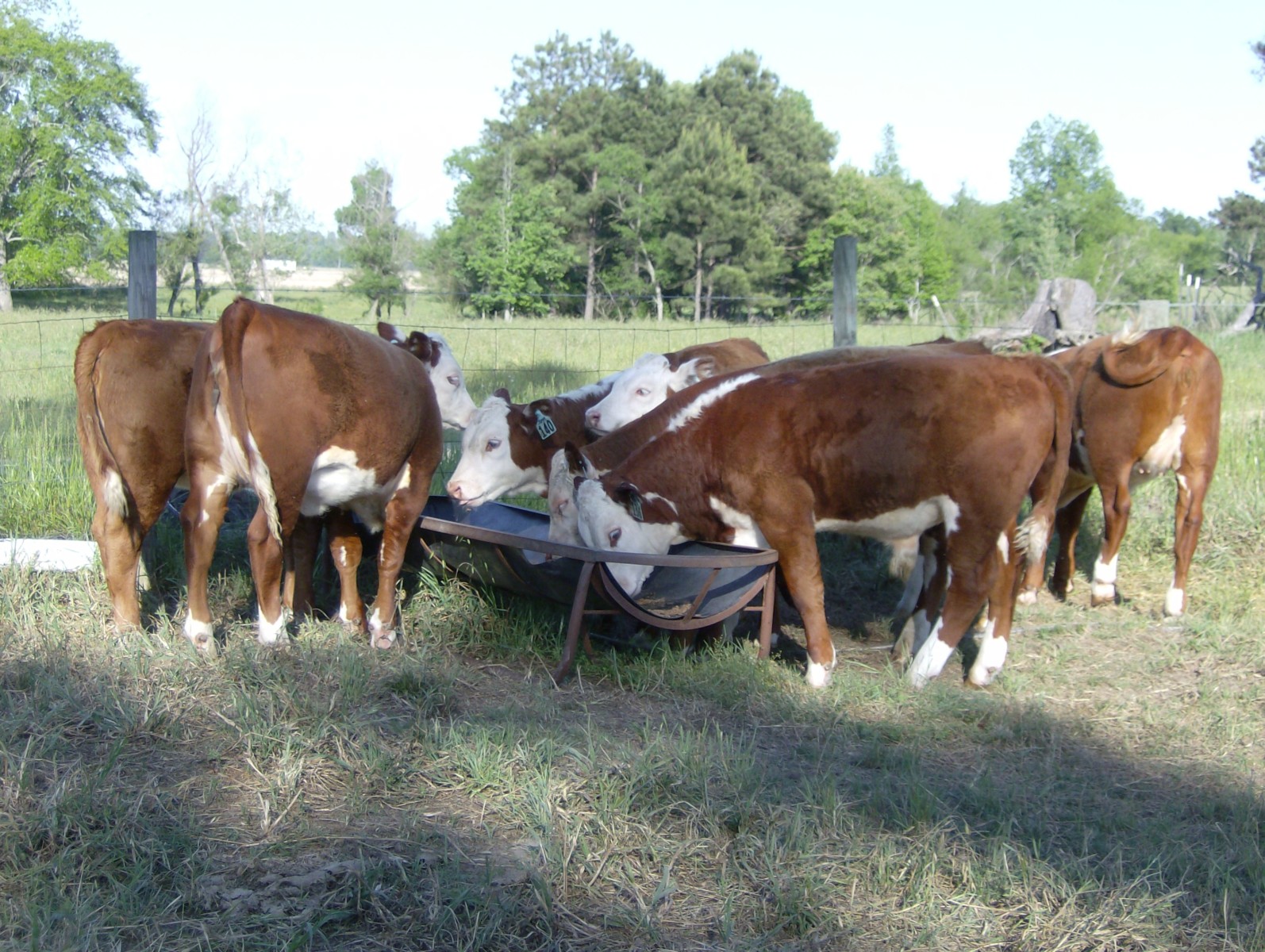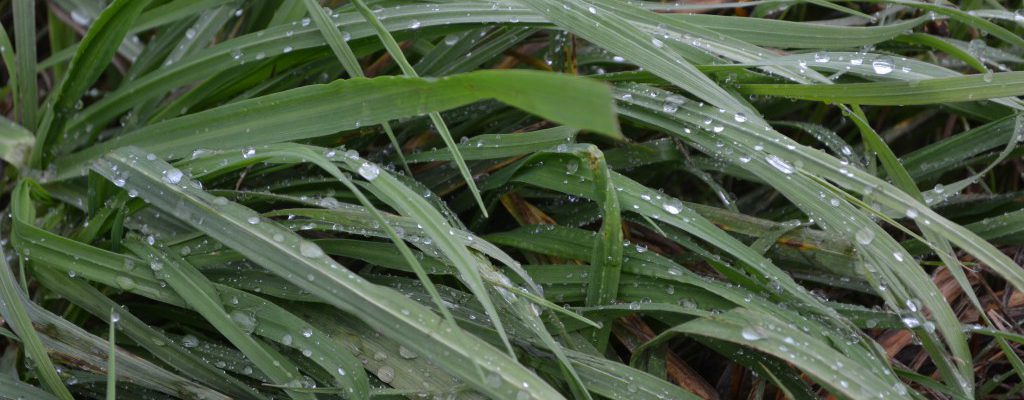-

With feed being the highest cost in livestock production, farmers use pasture as a natural way to meet the nutritional needs of their animals. Animals allow agriculturalists to utilize land that may be unsuitable for traditional cropping in a way that benefits the property itself. Cattle, sheep, horses, or goats can use grass to produce…
Posted in: Uncategorized -
As the spring temperatures increase, so do the questions I receive from land/livestock owners about establishing a summer forage. Forage systems are essential for the livestock industry, and the selection of the right grass species is crucial for optimal animal performance. The two primary summer perennial grasses recommended by UGA Extension in the Coastal Plain…
-
Fertilization significantly impacts your annual yields in hayfields as the previous year’s hay harvest has likely depleted the soil. A 6-ton per acre hay harvest will remove around 300 lbs Nitrogen, 250 lbs Potash, and 80 lbs Phosphate in a season. Fertilization makes up about 40% of most producers’ total hay costs so strategic planning…
-
Weeds can reduce the quantity and the stand life of desirable forage plants in pastures and hayfields. Weeds also impact the aesthetic value of a pasture. Therefore, producers may choose to initiate weed management strategies that reduce the impact of weeds on forage production. The first step in effective weed control is to evaluate the…
-
The prolonged cold weather during the Christmas holiday has a lot of producers asking, “Are my winter annuals going to regrow?” Unfortunately, there isn’t a clear answer that we can offer to this question. Many cool season forages can handle subfreezing temps for short periods and the degree of damage depends on air temperature, soil…
Posted in: Uncategorized -

Come visit the members of the UGA Forage Team and other forage specialists from around the Southeast in Moultrie, GA at the Sunbelt Ag Expo on October 18-20. There will be forage seminars, displays and demonstrations all three days. In addition, the winners from the Southeastern Hay Contest will be announced. Over 1200 exhibitors are…
Posted in: News -

I am hearing many producers say, “I am not planting winter grazing this year, seed costs and fertilizer is just too high.” My first question is, “are you sure?” To put it bluntly, this year is not the year to NOT plant winter grazing. Why? Well, your first statement is correct, input costs remain high…
-

Tall Fescue (Lolium arundinaceum), a cool season perennial grass, is an important forage base for beef cattle in north Georgia. Though majority of the total yearly production of fescue occurs in spring, this grass is also productive during early summer, fall, and late winter as well as in mid-summer if moisture conditions are favorable. In…
-

Earlier this year, Matt Poore, cattle farmer, Professor and Extension Ruminant Nutrition Specialist made a New Year’s resolution to convert acres of toxic tall fescue to novel endophyte fescue on his farm. I jumped on the bandwagon and made the same resolution. Even though the non-toxic seed that completes these fescue conversions won’t go in…
-

Thistles can reduce forage yield and delay spring transition of warm season grasses. Thistles can produce large amounts of seed, sometimes up to 4,000 seed per plant. For growers trying to manage the seed bank, please implement control strategies before flowering. Several different thistles are found in pastures, which can include Bull thistle (Carduss vulgare), Musk…